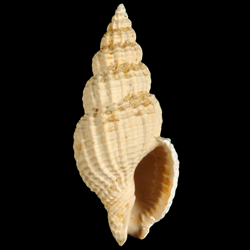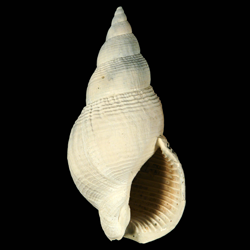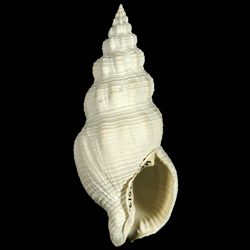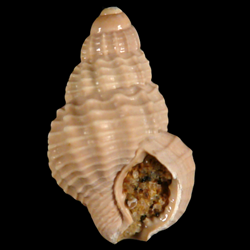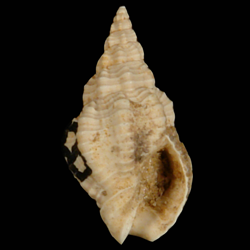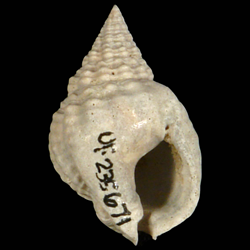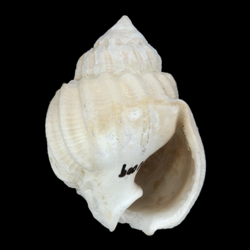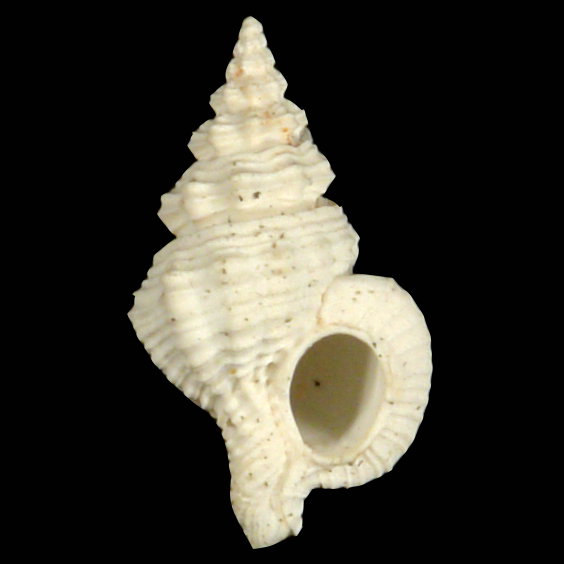
Nassariidae
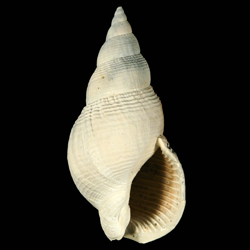
- Phylum: Mollusca
- Class: Gastropoda
- Order: Neogastropoda
- Family: Nassariidae
Overview
Common name: Nassa shells or mud whelks
Key morphological features: The Nassariidae are small gastropods with small to medium-sized fusiform or bucciniform shells. The siphonal canals are short and are angled dorsally in many species. Exterior sculpture is variable and may be absent or consist of axial ribbing and/or spiral cords depending on the species. The aperture is wide and oval-shaped. The columella has a siphonal fold and is denticulate in some species. Most species have a thickened labrum with small teeth on the interior surface. The protoconch may be paucispiral or multispiral depending on the species. Sources: Davies, A.M. 1971. Tertiary Faunas Vol. 1, second edition. New York: American Elsevier Publishing Company, Inc. 571 pp.; Tunnell Jr., J.W., Andrews, J., Barrera, N.C., Moretzsohn, F. 2010. Encyclopedia of Texas Seashells. College Station: Texas A&M University Press. 512 pp.
Geological range: Lower Cretaceous to Recent (Galindo et al., 2016).
Geographic distribution: A distributional map for modern Nassariidae may be accessed from OBIS. A distributional map for ancient Nassariidae may be accessed from the Paleobiology Database.
Diversity: There are 591 recognized living species of Nassariidae and 26 genera (WoRMS database, unvetted). The Paleobiology Database recognizes 42 fossil genera and 585 fossil species of Nassariidae (unvetted).
Paleoecology: The extant Nassariidae are marine gastropods, most of which are scavengers, although some are facultative herbivores. Most species of Nassariidae inhabit soft substrates and shallow waters at tropical to temperate latitudes worldwide. Some species, however, can be found on reefs or at depths up to a few hundred meters. Sources: Tunnell et al. (2010); Galindo et al. (2016)
Phylogenetic status: Polyphyletic. The molecular phylogenetic analysis of Galindo et al. (2016) supports the paraphyly of Family Nassariidae.
